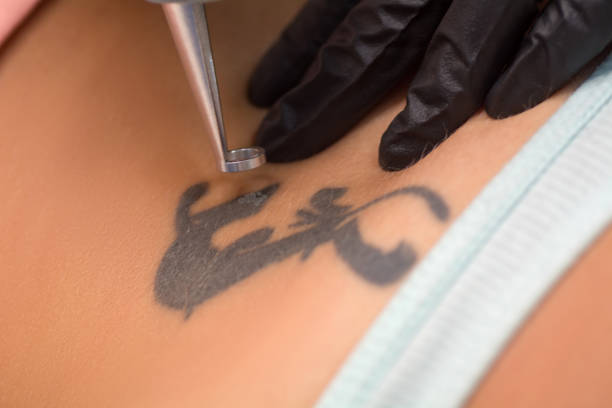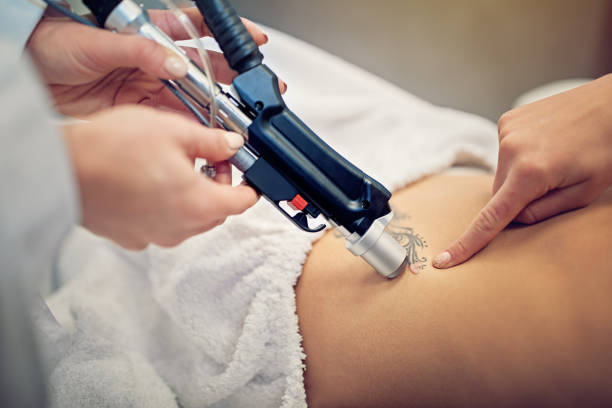Tattoo Removal Near Me Are you looking for tattoo removal near me? Almost one-third of Canadians have at least one tattoo. One is owned by nearly half of all millennials. But not everyone is pleased with their choice of tattoo; in the end, up to 25% of people who have tattoos regret getting them. Here […]
Laser Tattoo Removal Toronto
Laser Tattoo Removal Toronto In need of tattoo removal in Toronto using a laser? The PicoSure from Cynosure is the gold standard in tattoo removal lasers, and we utilize it in our Toronto clinic. To remove tattoos effectively, the PicoSure laser was the first to use picosecond pulse durations at wavelengths that are optimum for […]
Laser Tattoo Removal Toronto
Laser Tattoo Removal Toronto Lasers are most frequently used to remove tattoos because they can reduce the size of the tattoo’s ink particles. Dermal macrophages are immune system cells that gather and break down cellular waste. Macrophages collect ink pigments in the case of tattoo pigments but find it challenging to degrade them. So they […]



